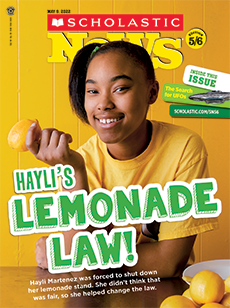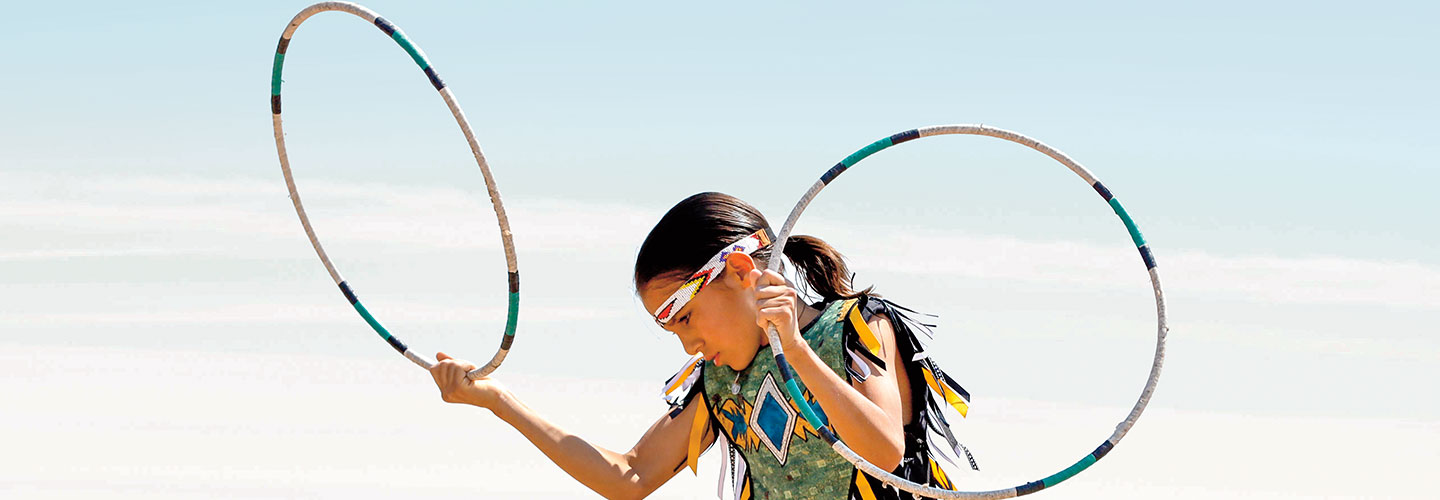Thousands of years before European settlers arrived, Native peoples lived throughout what is now the United States. Hundreds of Indigenous groups still live here today. Each Native group or nation has its own unique history and culture. These three kids are proudly carrying on the traditions of their ancestors.
Thousands of years before European settlers arrived, Native peoples lived throughout what is now the United States. Hundreds of Indigenous groups still live here today. Each Native group or nation has its own history and culture. These three kids are proudly carrying on the traditions of their ancestors.

